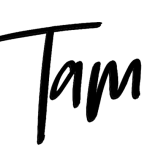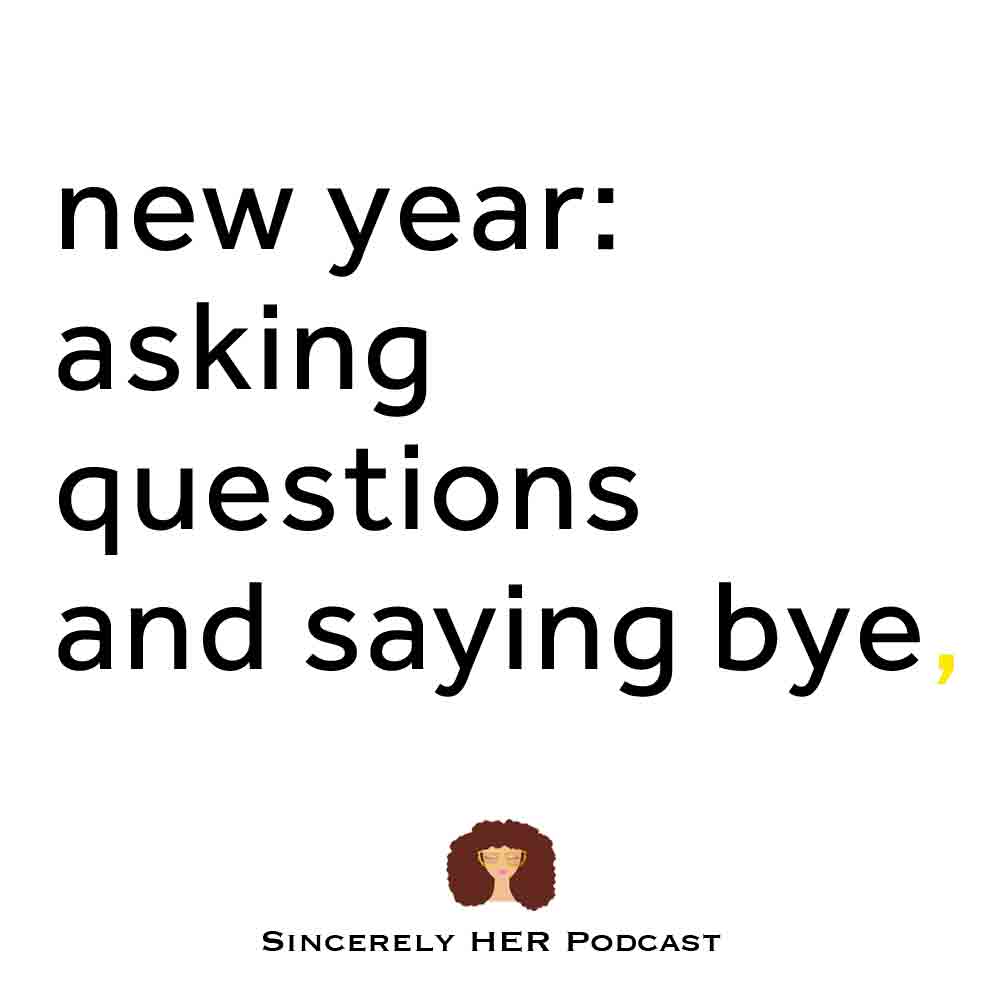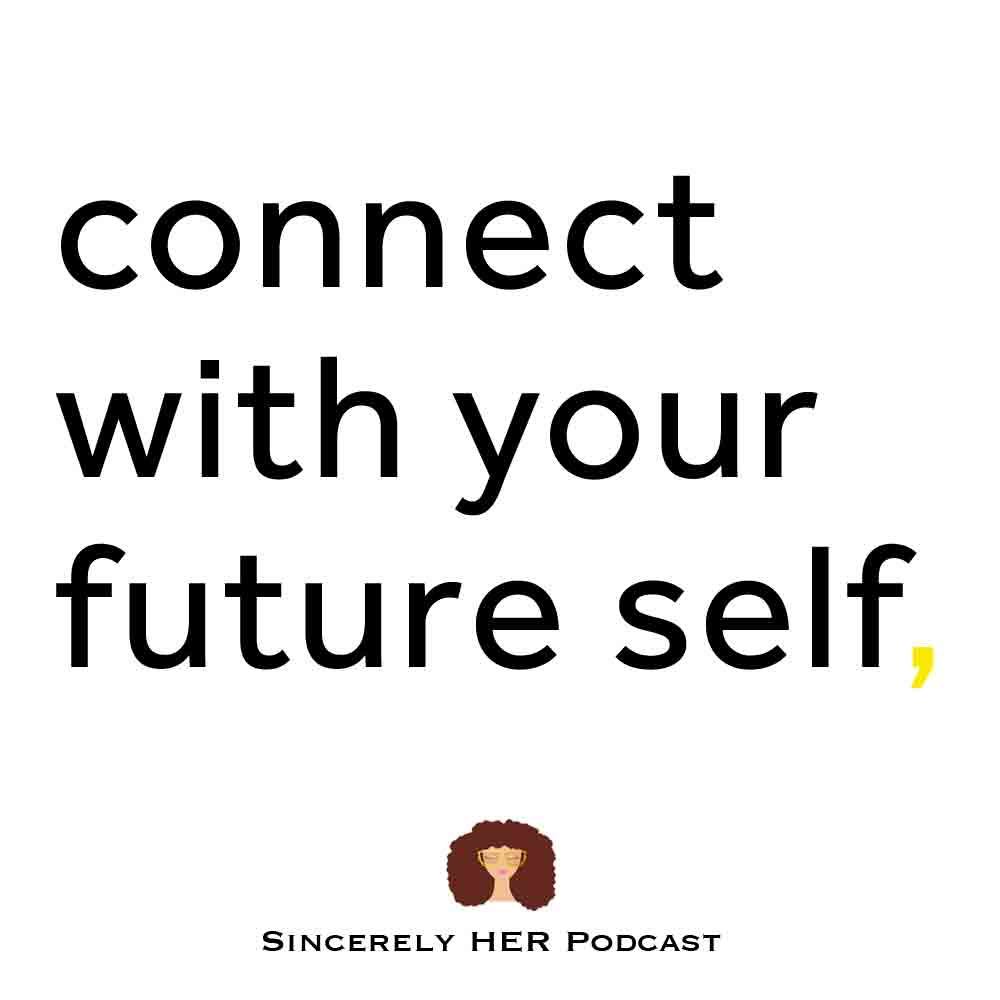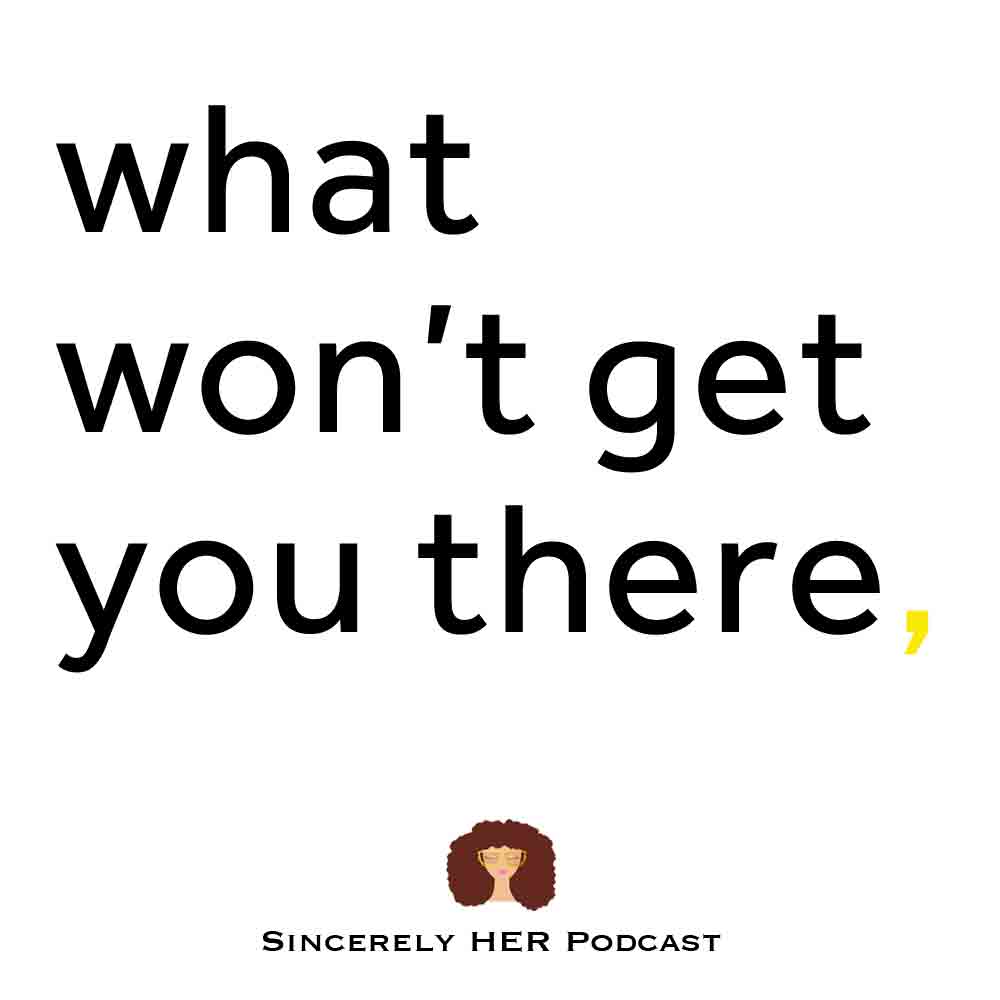

Ingrid Lill Discusses Visual Thinking, Creative Flow, and Finding Your Superpower
3 Questions with Ingrid Lill
Visual thinking can be a vital tool for effectively developing and communicating your ideas. Armed with a unique set of skills and an interesting story-driven framework, Ingrid Lill can help you express your message through a visual process with her brand storyboarding framework. She shows you how to see words as pictures and connect the dots. In one session, she can help you to sketch the big picture of your idea so you walk away with clarity, a fresh perspective, and a master plan to communicate.
Below is an excerpt from my conversation with Ingrid. The full interview is available on the Sincerely HER Podcast and at SincerelyHER.com.
LISTEN:
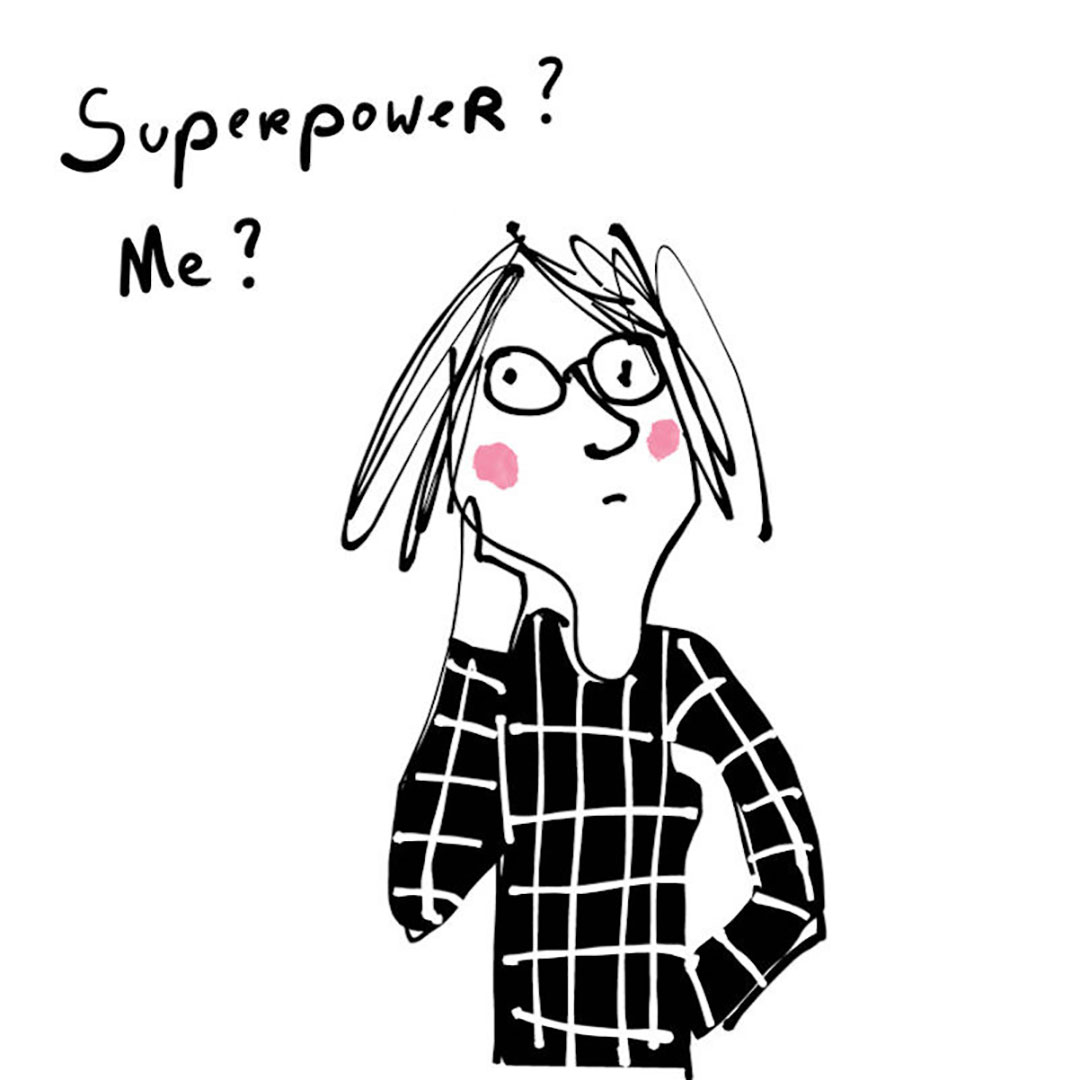

You have helped people get unstuck and move forward. Reading reviews from people you have worked with, your strength seems to be helping people find clarity, which is what this podcast is all about. What do you believe your superpower is?
My superpower is actually ‘listening.’ Listening to the story beneath the surface that my clients are telling me. I try to listen for a theme, a topic that goes throughout. Some people already know what they want to do, and they just need help communicating it. Some people don’t know what to focus on, and I have developed various visual models [to help them], because I’m thinking visually, so I’m drawing it all up and then I’m composing a story. Then I’m drawing a picture of their story, and I can see and feel if it’s round and beautiful or if something is missing. And for them, it also helps to have their ideas, but we do that in real-time. So on Zoom, I talk with them and I share my screen and they can see what I’m drawing.
Is there something specific you do to get your creativity flowing?
I sit down and wait. It helps if I have a deadline, and it helps to do it every day; regularity is really important. The problem for me is not to get my creativity going, because this is kind of overflowing. The bigger problem is to select, what is it I want to concentrate on and what do I want to work on today? Because, like my clients, I have too many ideas and yeah, that’s common. It really helps me to write almost a daily email to my list — and I admire everybody who stays on the list, I get good feedback — and I do that as a writing/creative practice for myself. I also started, about a year ago, posting on LinkedIn almost daily, which is also great because you get immediate feedback on what gets more resonance. It takes some time until the algorithm notices you, but this regularity helps to develop your voice and find out what you want to say. This is a big part of the business. You have to publish your ideas unless you just want to be a best-kept secret.
My business also worked before I did all that, when it was all word of mouth. I got jobs that were sometimes interesting, and sometimes not. Until I got a job that was not so interesting. I thought, “I’m getting too old for that, I want to do something more interesting. I don’t want to waste my life making a brochure that doesn’t interest me,” and that’s when I started, for the first time, posting every day on Facebook with diary drawings. That’s how I got into the drawing habit. And maybe for somebody else, it’s not the drawing habit; maybe it’s the singing habit or the speaking habit, or talking about your topic habit, but you don’t know what you want to say unless you start talking.
What advice would you offer struggling creative entrepreneurs?
It depends on what they’re struggling with, but draw your business. Make a diagram of it, put it out on paper. Because if it’s all in your head, it’s difficult to get an overview. That’s what I have to do when I’m struggling with something: get it out of my head and move it around. Sometimes I use scissors and I cut it up and make a collage out of whatever problem I have. I don’t know if you saw that — I have one exercise, the ideal day, the day in paradise, with scissors and glue sticks. In order to get to your “ideal day” vision, it’s easier to draw the day from hell. So you draw yourself with all the problems that you have, and then you just cut it in pieces, destroy it — but not destroy, destroy — and then reverse it on a new piece of paper and take yourself in the middle and convert every single item. Too little money, the wrong client…you just turn it around and do the opposite. Find the opposite and draw it on a new piece of paper, and then you have a goal to work towards.
LISTEN:
Disclaimer: The transcript above is from an interview by Sincerely Tam with Ingrid Lill, conducted for the Sincerely HER Podcast. The interview was edited for clarity and brevity.
